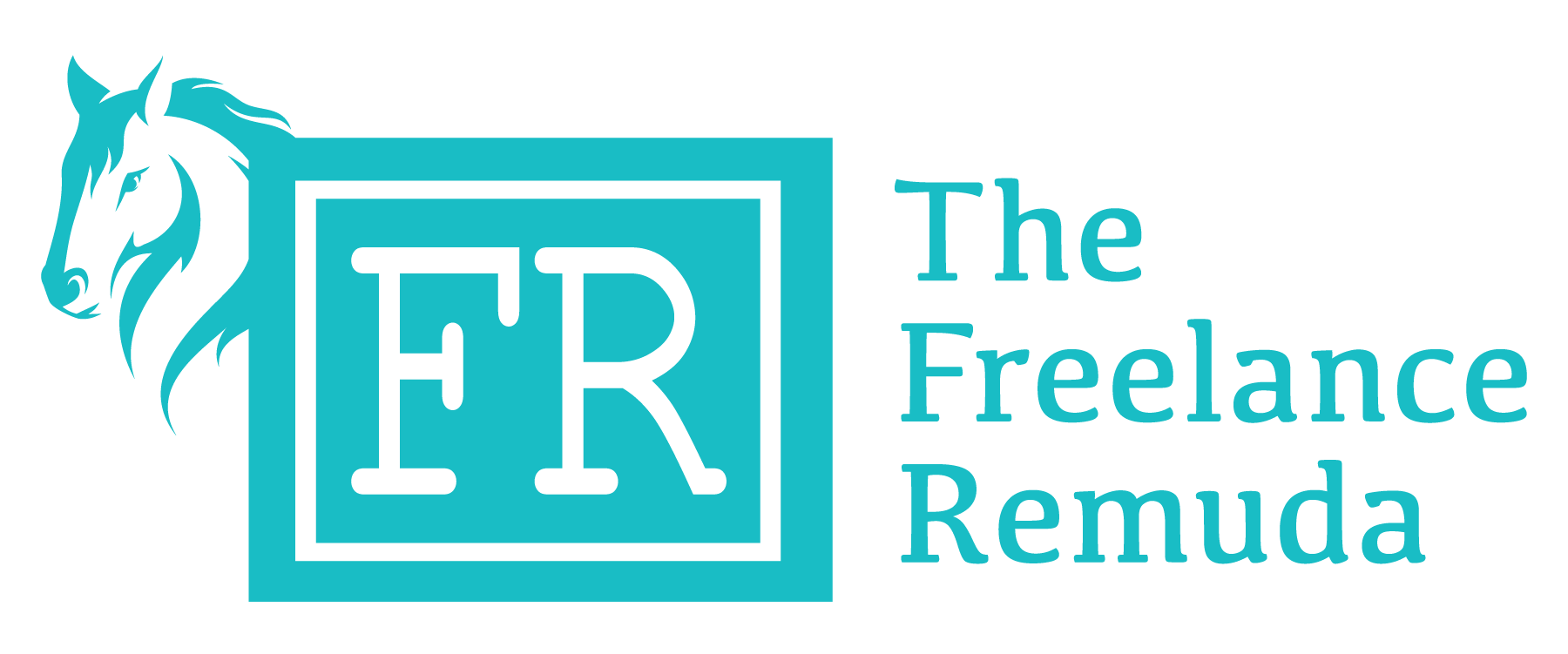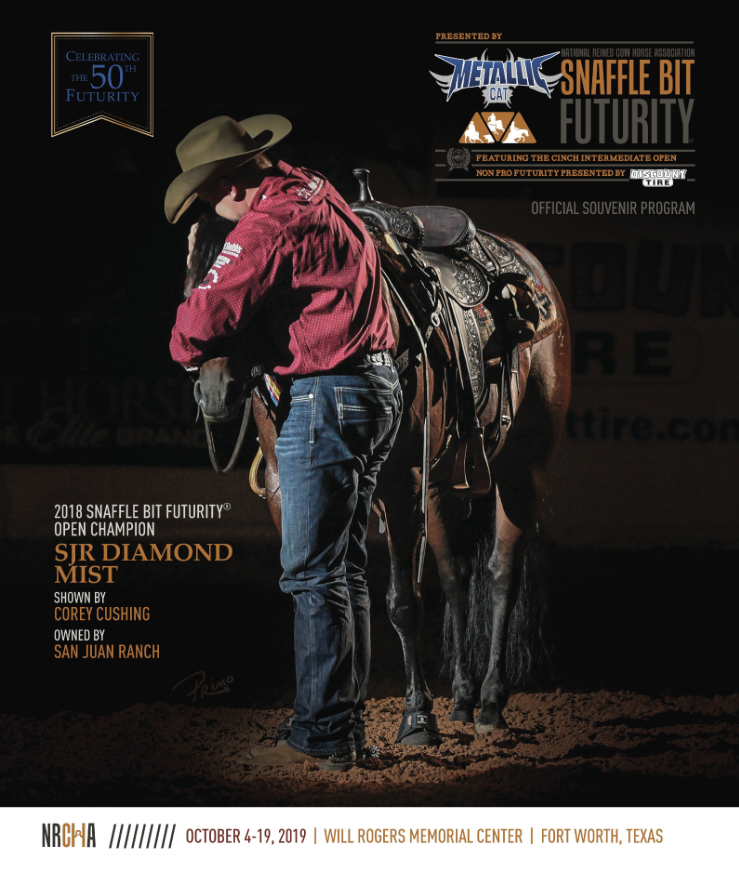Event Photography: Primo Morales
Welcome to the first installment of our new blog post series! Over the news few weeks, we’re going to be speaking with four equine event photographers in different industries. These photographers graciously shared about their journeys to event photography, how they structure their businesses, and valuable tips and advice for aspiring equine event photographers. Subscribe to make sure you don’t miss any of these posts!
Today’s featured photographer is Primo Morales. Primo is from northeast Ohio. After 16 years living in Fort Worth, Texas, he’s now located back in Ohio. Primo has carved a niche in performance horse event photography, and he’s the official photographer of the National Reined Cow Horse Association. Kate sat down with him at NRCHA’s Eastern Derby this summer.
Which sports do you primarily photograph?
Western performance – reined cow horse, reining and some rodeo.
In what regions do you focus?
Nationwide
How long have you been doing equine photography?
I started shooting in 1998. It was a reining in Virginia.
Photo by Primo Morales
What was your path to doing equine event photography, or did you start with this?
I started with Jeff Kirkbride in 1999. He was the photographer for the Pinto and Palomino world shows. I went to work for him and worked for him for two years all over the country at different events. Then, I got hooked up and went to work with KC Montgomery at the Paint and [AQHA] Youth world shows for about five years.
Now, I am the official photographer for the NRCHA and do premier events for them. I also sub-contract for some NRHA Futurity events.
I tried the rodeo runs during the summer break. I was doing rodeos and really that is how I got started in photography. When I tried to get back to rodeo events, there was a lot of photographers that were just giving their photos away. A guy trying to make a living couldn’t make it. And, that’s kind of where the rodeo photographers are at today. You have people that come and shoot free or give their stuff away for free on social media; rodeo photographers aren’t making much of anything.
Can you share a bit about how you structure prices? Can you talk about a range for what you charge for your photos?
Our pricing with the horse show industry hasn’t changed pretty much since we started. We started with an 8-by-10 for $35 and our pricing today is still $35. When we started with the digital, we started offering an 8-by-10 with a digital file (web image) and structured pricing for that. Our print prices have been the same.
Now, we offer a web package. People tend to not want an actual hard-copy print anymore and want more of a digital file for their Facebook or website. We also try to tell them that a hard copy is good in case you lose your computer. I think everybody enjoys opening up a photo album to look at photos so I do push it, because if you don’t have your phone, you can’t show it.
NRCHA provides exhibitors with one web-sized image. It’s a way to get them here to our booth to look at photos. We have some exhibitors that never come to the booth to look at photos; some just aren’t interested. But, we want to increase interest and sales so, hopefully, providing that will drive to a photo sale. This is the third event we’ve used the free image [here at the Eastern Derby] and there is a large amount of free downloads that have taken place at the previous events. It is one of those things that if someone wants to buy, they will and we can’t twist their arm but we can open their eyes to the quality pictures.
How do you handle web / ad / social media photos? Are they priced differently?
We do offer a web package for exhibitors and send the web image to the customer of that image. If they want to use it for an ad, we send the high-res to the graphics department at a magazine. There is no increase in the pricing there.
Our full, released image, we have decreased our prices at the shows and have a horse show special where they can buy the released image for a lower fee than if they do it later online. We have a lot of corporate sponsors [with NRCHA] that want to use the images and they are considered the third party of the photo, and they do pay a higher fee. When we started with NRCHA, our fees were higher, but we cut it in half if they’re an NRCHA sponsor. We are trying to work to offer a better package to those sponsors where they can get more images for a lesser price.
What are some challenges equine event photographers like yourself are facing?
The challenge this year is trying to figure out the schedule with all the events being cancelled, rescheduled or moved around. The biggest thing right now with these events is the growth. So many people want to show after being locked down. It is longer hours [to shoot]. While shows are bigger, we’ve cut staff to try and have less people on the road, which can turn around and bite you at times. There are stressful days when you are short on staff. We’ve managed to get through that, so far. The larger events that are coming up, we will have to have a full crew to handle the event.
Each event has challenges; it varies depending on how many arenas you have to light. I can hang up to 16 lights if I have two shooters in one arena. Two arenas, that costs a lot more. The bigger the show, the more photographers and the more help, which is not cheap.
There is a challenge to hire second shooters that know what they are doing.
What do you enjoy about your work?
Being on the road and able to travel the country. There is a lot of time by yourself but I’m not stuck in the same office every day of the week. The scheduling also gives you time in between events to do other things.
What is something you learned the hard way about this job?
Don’t leave a standing hard drive standing on your desk… lay it down. When they fall, they break!
photo by Primo Morales
Thinking about new show photographers, what advice can you give them about breaking into this industry?
Save your money to buy the better equipment. Instead of buying a piece of junk and another piece of junk to put together, buy the quality first. You’ll be a lot happier.
I’ve thought about putting on a photographer’s clinic but at this time we just don’t have time. It’s been a thought that I could help—not so much about the shooting—but getting the feel for the horses at a show. Take time to shoot in the arena, and also setting horses up for win photos and farm calls. Learning how to work with mares, foals, stallions and more. I see a lot of people who don’t really have a feel for a horse and they get into scare tactics, I call it, and they push a horse too far in a shoot.
What are some things they should avoid doing? Is there anything else you want to tell aspiring show photographers?
If I had someone come in off the street and learn to take pictures of these events, I would hope that person approaches me and tells me they are interested in learning. I have them sit with me and chat. I’ve made several friends doing that.
At events, we do have snipers that just walk in, start shooting and give photos away. In the past, it’s been a situation where I ask to have the person removed from the arena if they are shooting every horse. Some walk in, shoot a horse, and then walk out. That is different than someone that is going to shoot over your shoulder all day long. When you’ve accrued the sales help and travel time, it is very frustrating to have someone snipe your work.
Introduce yourself to the show photographer. Tell them you want to learn, if that is the case. Make friends. Maybe you can sit with them and shoot beside them and let them teach you a few things. Horse show photographers are always looking for more help; there’s a large network of photographers looking for people who can do a good job.
Most important thing they need to have/know to get started?
Be nice. Have lots of coffee.
Anything else we haven’t talked about that you want to mention?
We started with Photoreflect but now we are doing automatic uploads and have a new site, Zenfolio. To go back and put all the Photoreflect there is not physically possible to reload every event we’ve ever done. We have customers that will look for a photo from 5 or 8 or 10 years ago. Always have a place for customers to find all your photos, and all your work. Have backups and have it online so customers can find it. An online storage archive is a big deal because you can’t take all the hard drives on the road.
We deliver mainly via email. One frustration is people that don’t know their email or give you the wrong email. You work the email up then get a mailer daemon. The other frustration is people that unplug a light to plug their phone in!
How can people follow you online?
Primomoralesphotography.zenfolio.com




